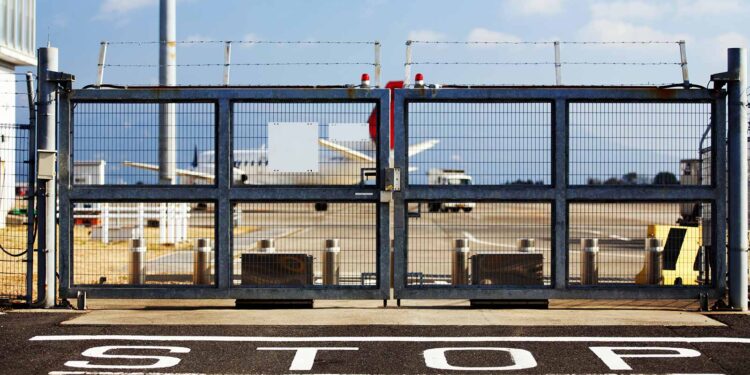Head of State Flights – Part 1: Special Considerations

This business aviation blog post is part of a series on Head of State flight considerations.
When operating Head of State flights throughout the world special planning and day of operation considerations are involved. These additional considerations impact everything from special permit procedures to ground services coordination.
The following is an overview of what you need to know:
1. Head of State operations
These are VVIP (Very Very Important) operations with Presidents, Prime Ministers, Kings, Sultans and other leaders of countries onboard the aircraft. Many countries are strict on what they consider Head of State flights and how these aircraft will be handled on the ground. If it’s a flight for a First Lady or Crown Prince the operation may or may not be considered Head of State by the receiving country. Diplomatic clearances are always obtained in advance for Head of State operations, irrespective of whether the flight is for official, leisure or medical purposes. These clearances are usually needed for both overflight and landings.
2. Private non-revenue and charter flights
Head of State flights may be either private non-revenue or charter (non-scheduled commercial). Many smaller countries choose charter aircraft for their Head of State operations. Generally, Head of State charter flights are exempt from certain normally required procedures. For example, Advance Passenger Information System (APIS) for passengers is not needed for Head of State operations to the U.S., but APIS is still required for crew. There may also be exemptions from charter permit requirements, airport slots and some local airport taxes.
3. Handling considerations
Clearance for Head of State flights must always be set up via diplomatic channels, as trip support providers can only provide limited support in this regard. For example, trip support providers may not communicate directly with the U.S. State Dept. on Head of State operations but may work directly with foreign embassies to assist in the trip planning and clearance process. It’s recommended to have a dedicated trip support/ground support representative meet the flight on arrival to ensure all services are arranged and ready on time, CIQ clearance is completed without delay and invoicing is correct to name a few.
4. Operating with multiple aircraft
Many Head of State flights involve multiple aircraft in transporting delegations and support teams. There may be dozens of vehicles to coordinate for airside pick up of passengers/crew and well over 100 crew members to accommodate locally. At most international destinations only the aircraft with the Head of State passenger will receive full diplomatic procedures and a primary parking spot. In many cases only the aircraft with the Head of State onboard will be parked in a presidential or VVIP area, or on the military side of the airfield, while the other aircraft may be accommodated in remote parking.
5. Advance planning
While most Head of State operations are planned far in advance, 3rd-party providers may only be contacted and brought into the process a few days before the trip. This short notice can create issues with parking, services and crew accommodation at the destination – particularly if a large local event is taking place. However, in many cases host airports will allow operations during otherwise restricted periods and make parking available.
6. Drop and go’s
It’s not uncommon for Head of State flights to drop passengers and reposition to a different airfield due to security protocol. In certain cases the aircraft may only be permitted a few hours on the ground at the primary airport before repositioning to a different airport for parking and aircraft servicing. In other cases the aircraft will remain on the same airfield but may be repositioned to the military side.
Conclusion
A trip for a Head of State flight along with services needed should be provided to your trip support provider as far in advance as possible in order for arrangements to be made. This helps ensure the Head of State mission goes smoothly and that no delays are encountered at the destination. Missing information or miscommunication can cause delays and/or confusion for these special operations at destination airports.
Stay tuned for Part 2, which covers permit and services considerations for Head of State flights.
Questions?
If you have any questions about this article or would like assistance planning your next trip, contact me at charlesgabb@univ-wea.com.



